latest
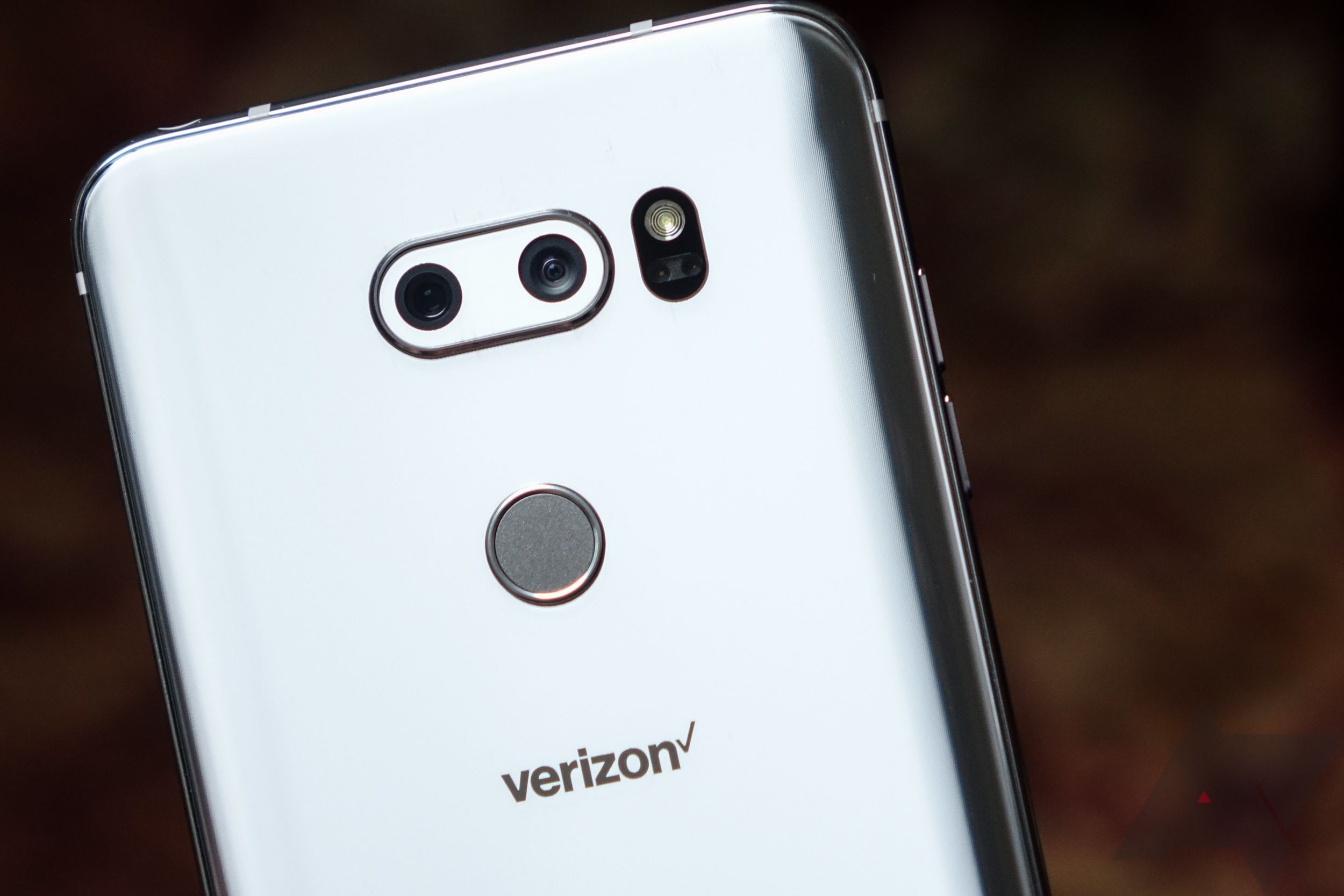
Read update
- VZW's update notice is now live
Android 10 is here, bereft of any colorful desert name — but many devices are still catching up on the previous version, Android 9 Pie. Such is the state of 2017's LG V30, the Verizon variant of which has recently started receiving the update.
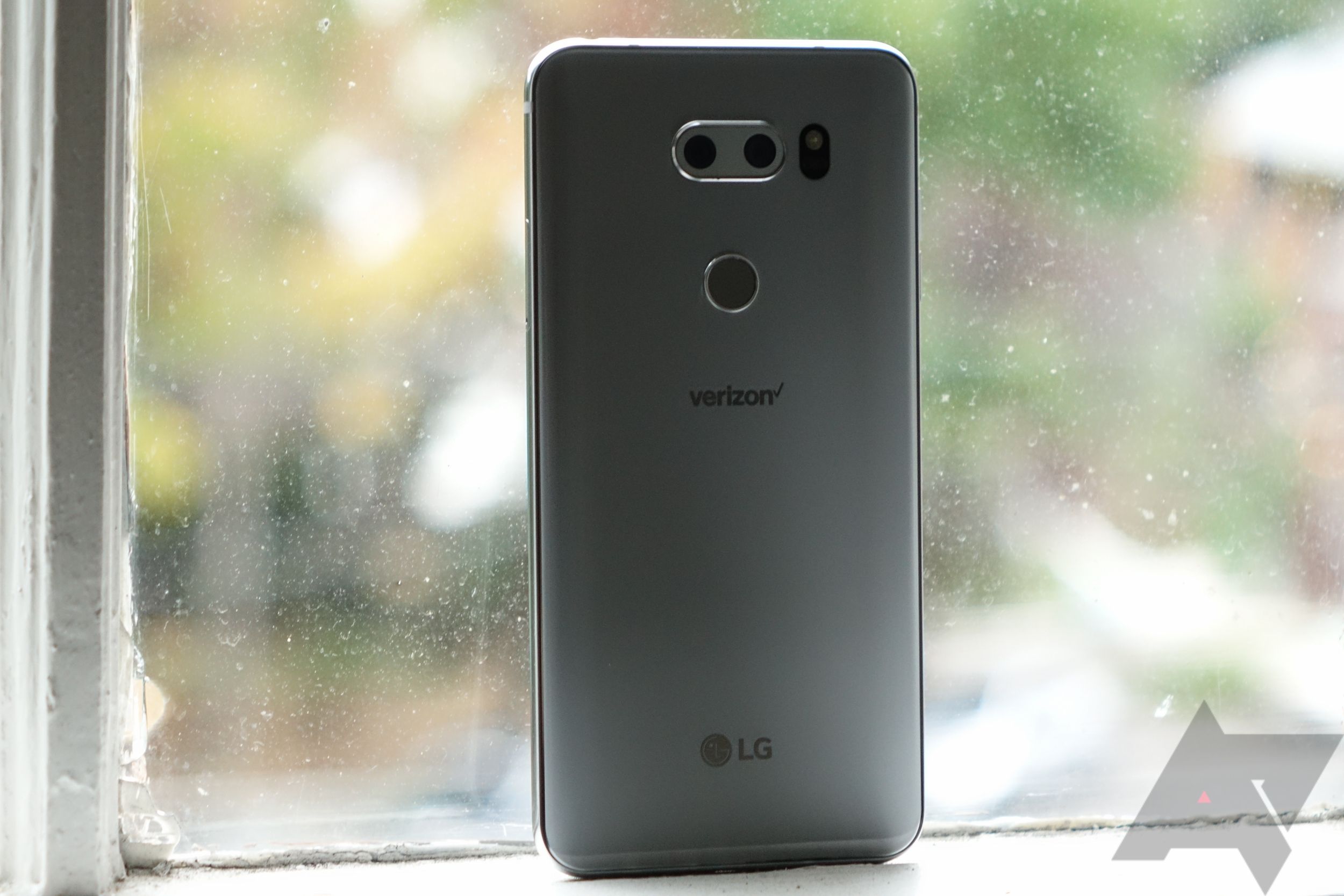
Over the past few years, LG has slipped to one of the worst phone manufacturers when it comes to software updates. It already took nearly a year for Android 9 Pie to arrive on the US variants of the LG G7, and the company's older phones are waiting even longer. Android Pie is now rolling out to the 2017 V30, but the update hasn't arrived in America quite yet.
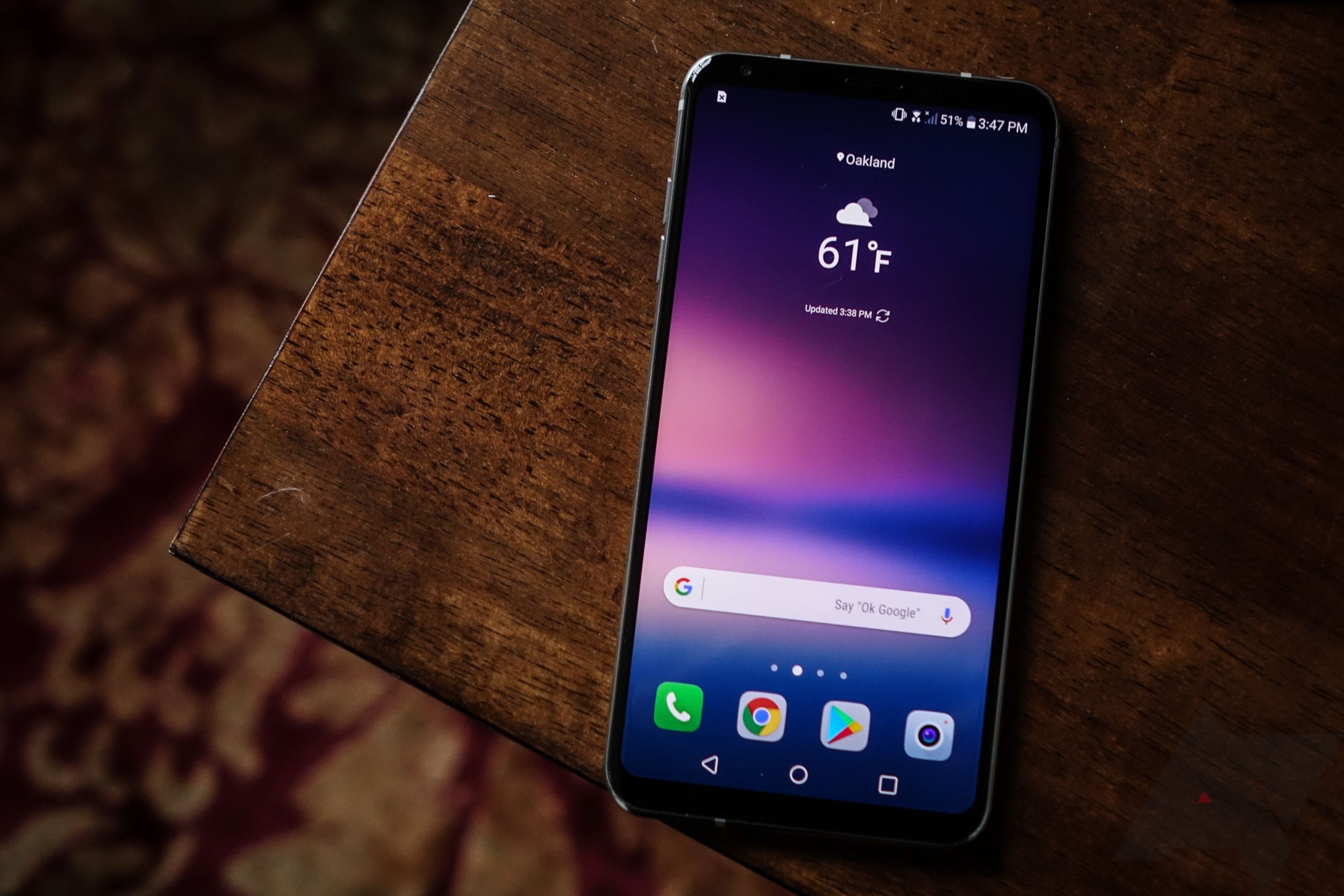
Although there have now been three successors to the LG V30 — V30S, V35, and V40 — the phone has only been out for a bit over a year. Thus, it's pretty surprising that an AT&T unlocked version can now be had for 9.99 new, which is a lot more appealing than its $799.99 MSRP.
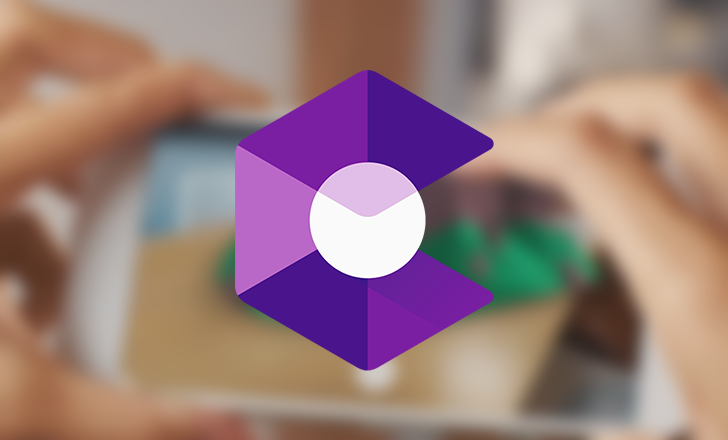
Thanks to its ARCore SDK, Google made developing augmented reality applications more accessible and streamlined. To guarantee a consistent experience across devices, the Californian giant has put a certification process in place, through which it ensures the camera, motion sensors, and CPU perform as expected. Among the list of officially supported handsets are the LG G7, V30, V35, and V40 series, which offer the same motion tracking as other certified products. Nevertheless, Google acknowledged autofocus is not correctly working on these phones for the time being, although that shouldn't alter the end user's experience.
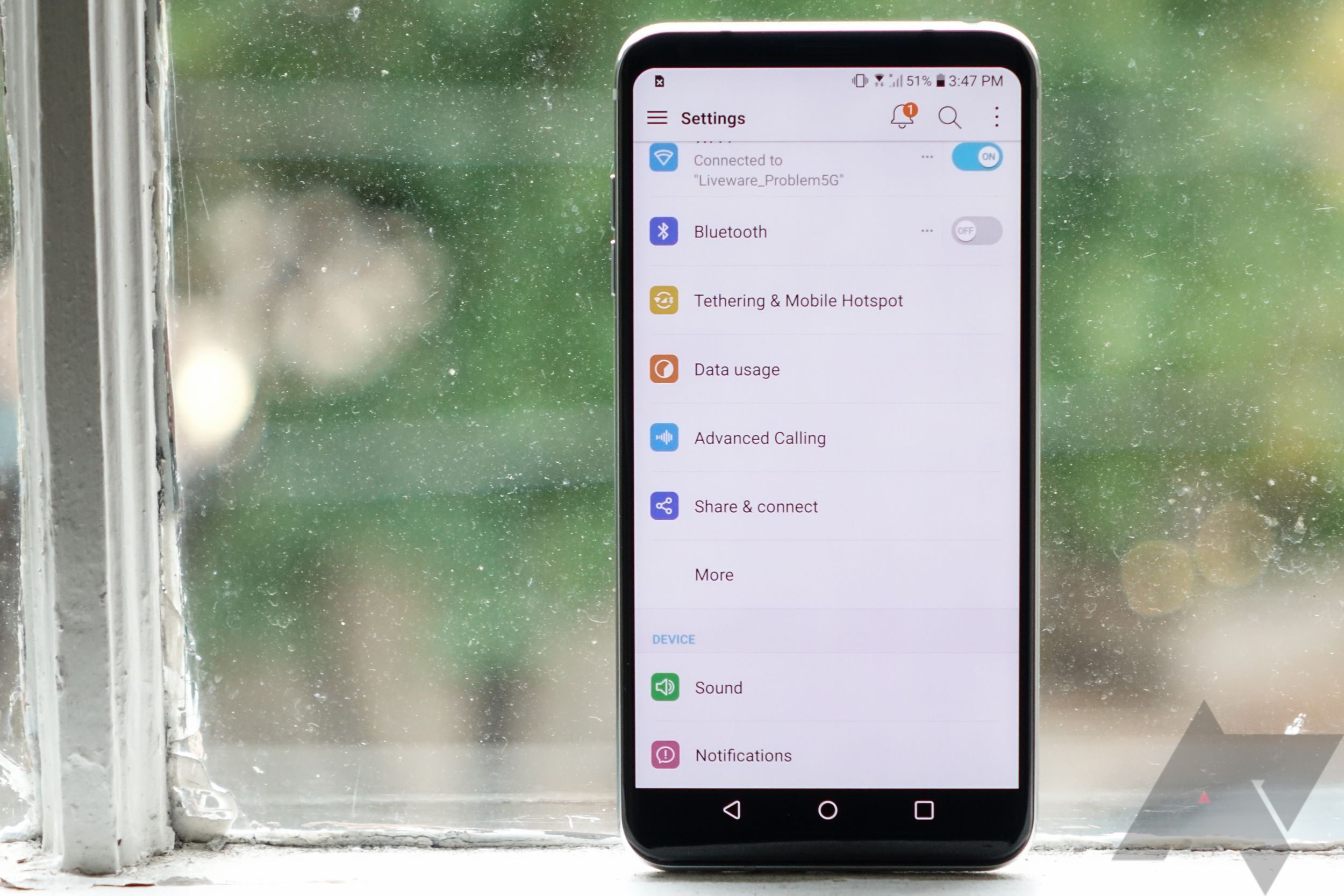
Last year, LG promised future software updates for its phones would come faster, thanks to its 'Software Upgrade Center'. Unfortunately, that hasn't quite worked out. Almost all of LG's phones are still waiting on an update to Android 9 Pie, which was released in August of last year. The company just announced its timeline for rolling out Pie in its home country of South Korea, and some models won't get it until the end of 2019.
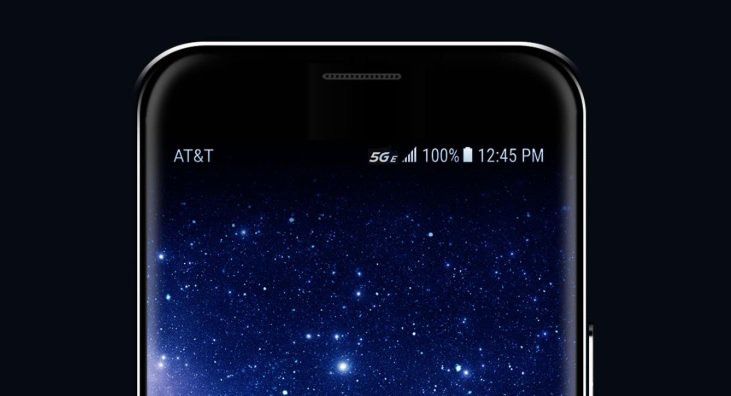
Most of you are probably familiar with AT&T's very misleading initiative to dub an enhanced version of 4G LTE "5G Evolution." As the top comment on that post predicted, the "5G E" icon has begun to roll out very quickly, already hitting both the LG V30 and Samsung Galaxy S8 active less than two weeks after the announcement.
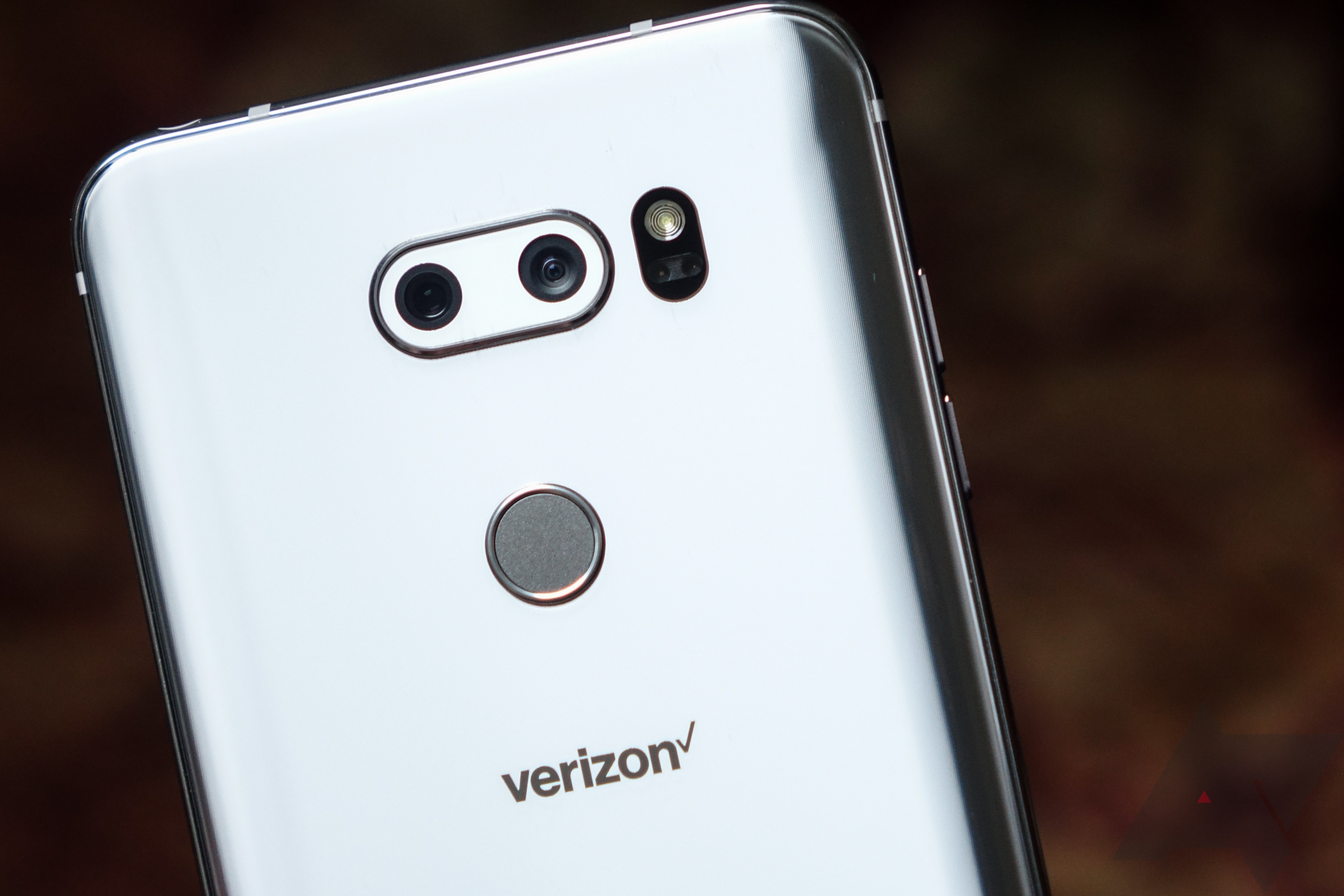
The V30 may be over a year old at this point, but the Verizon version was updated just yesterday with a handful of new features, including some camera functionality tweaks and additional always-on display modes inherited from the newer G7. The security patch level has also been bumped up to November 2018.
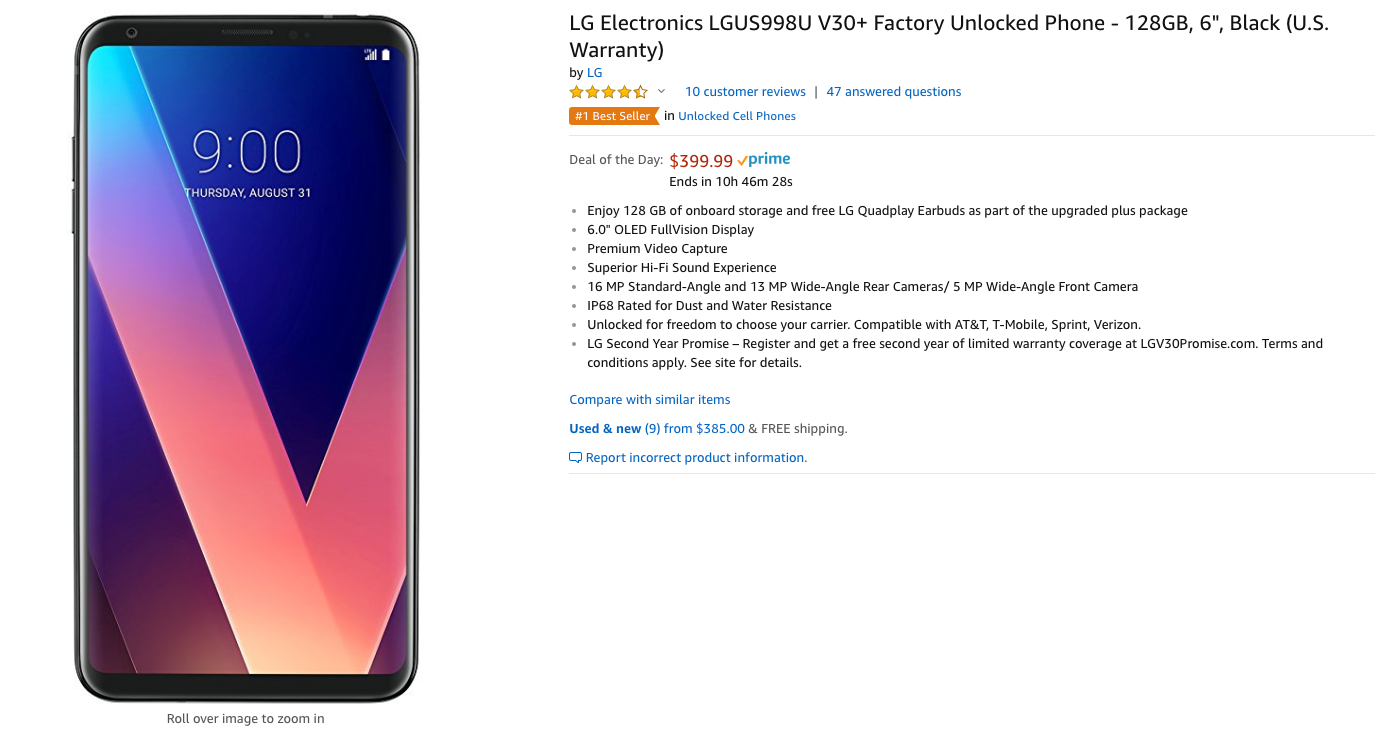
LG's latest phones themselves haven't been horrible, but the bang for the buck they've been offering hasn't been great. The V30+, an upgraded V30 with more storage and earphones included, was released back in late 2017 at an MSRP of a whopping 9.99. This latest Amazon deal brings the price down to a much more reasonable $399.99, though it's only available for around 10.5 more hours as of publishing time.The LG V30+ has a 6.0" 1440p OLED display, a Snapdragon 835, 4GB of RAM, 128GB of storage with microSD expansion, a 16MP + 13MP wide-angle rear camera setup, a 5MP front-facing camera, and a 3,300mAh battery. It also has IP68 certification and LG's Second Year Promise, which adds an extra year of warranty for a total of two years if you register for it. The phone is unlocked for any major US carrier - AT&T, T-Mobile, Sprint, Verizon, and any of their MVNOs.This $399.99 price is the lowest price we've seen by far for the V30+; the previous all-time Amazon low was $600. The listing isn't sold by Amazon, but it does have Prime shipping because it's fulfilled by Bezos and friends. Again, the deal will be live for another 10.5 hours, so don't wait too long if you want one.Source: AmazonThanks: Moshe
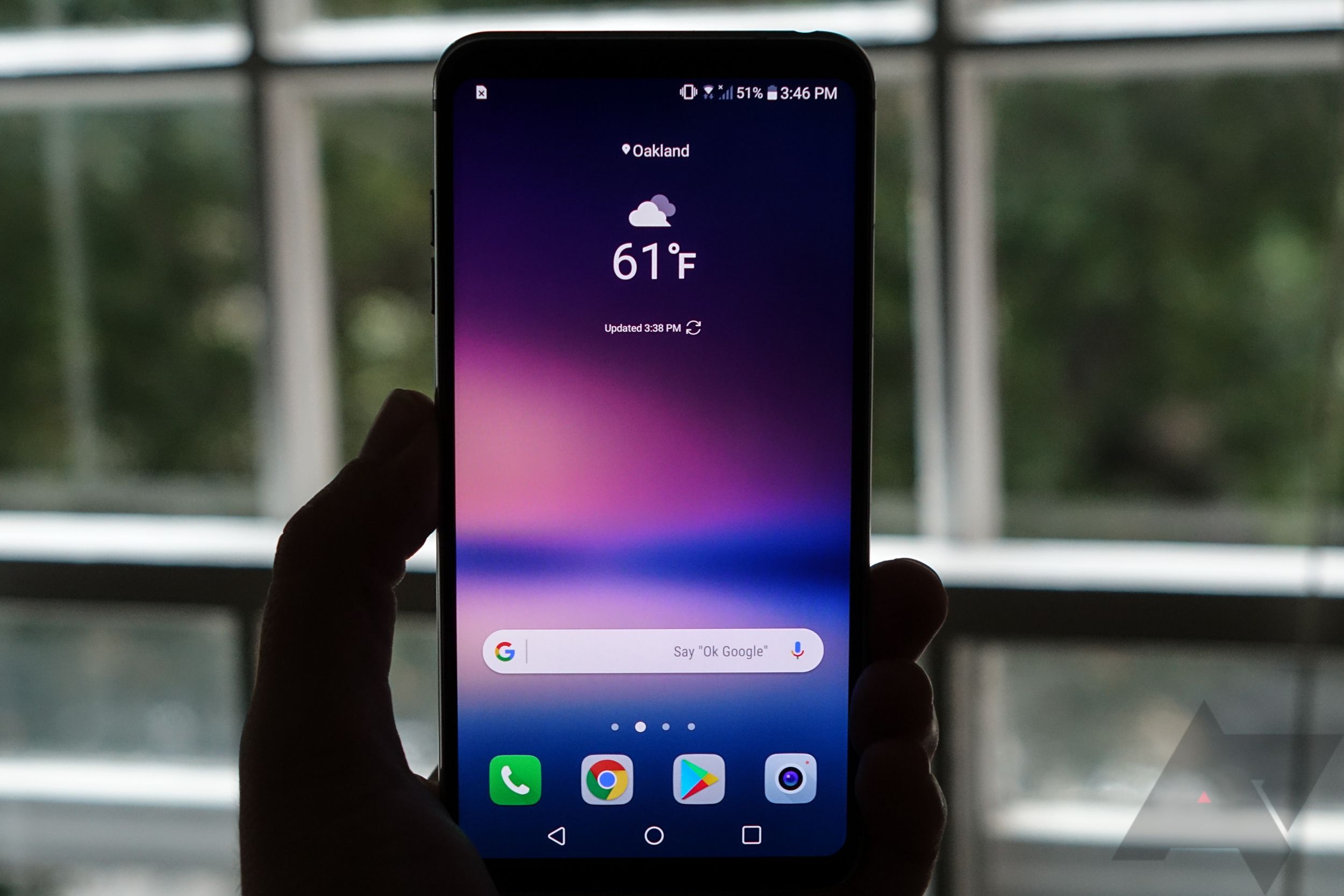
Speaking to a source familiar with the company's plans, we've learned that LG is working on a successor to its V30 handset, tentatively known as the V40 - and it will feature five cameras. It's not clear exactly what all of them will do, but at least one of the two on the front (and possibly both) will allow you to unlock the phone with your face. Based on the setup process described to us, it seems this could be a stereo configuration allowing a 3D map of the face to be recorded - but we're not certain.
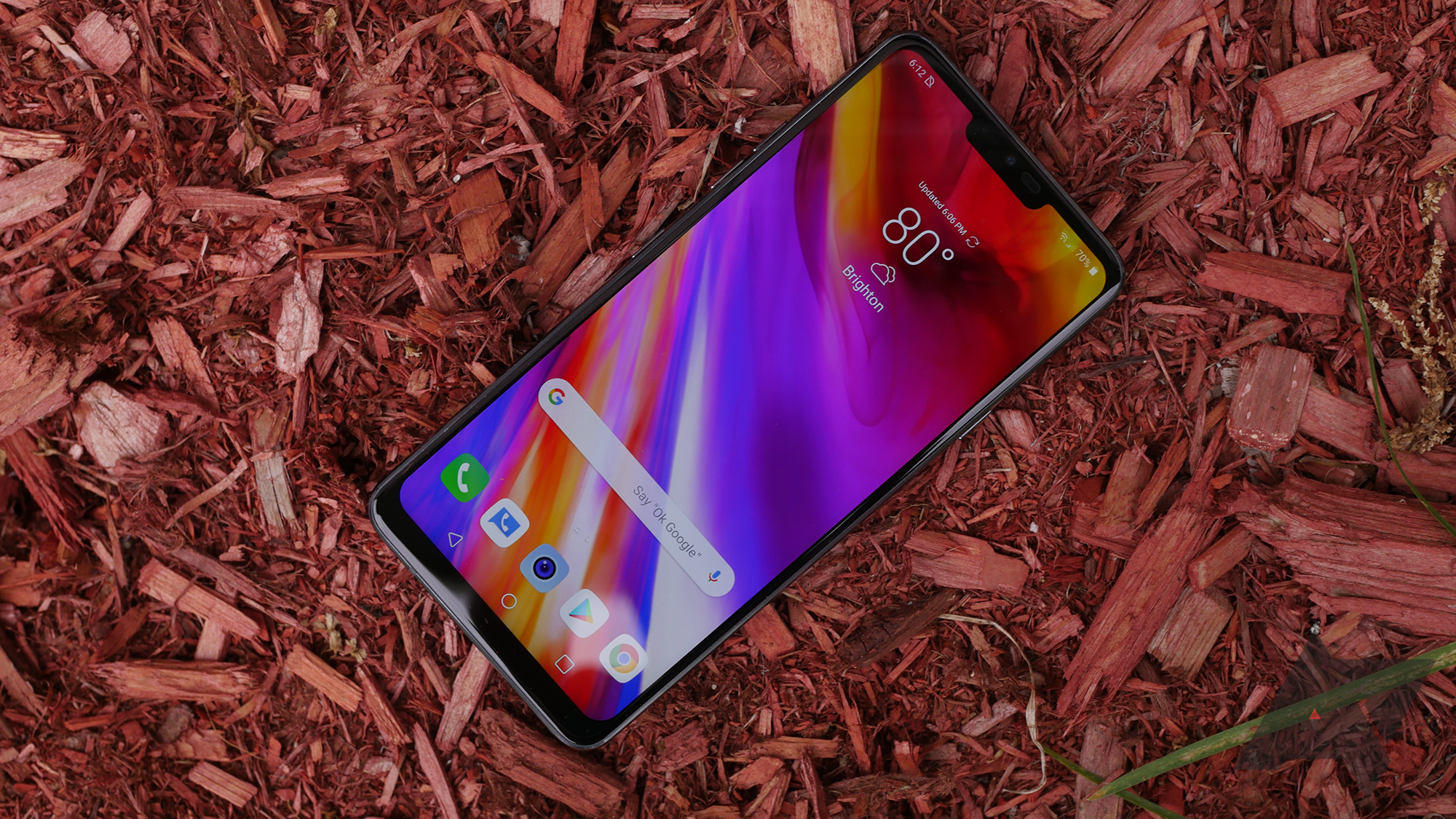
Some smartphone manufacturers have their own bootloader unlock tools, and LG is one of them. It made its debut back in 2015 with the H815 G4, but it's since added plenty more phones to the roster. Two of the latest phones to join are the G7 and V30, though only the European models are currently supported.
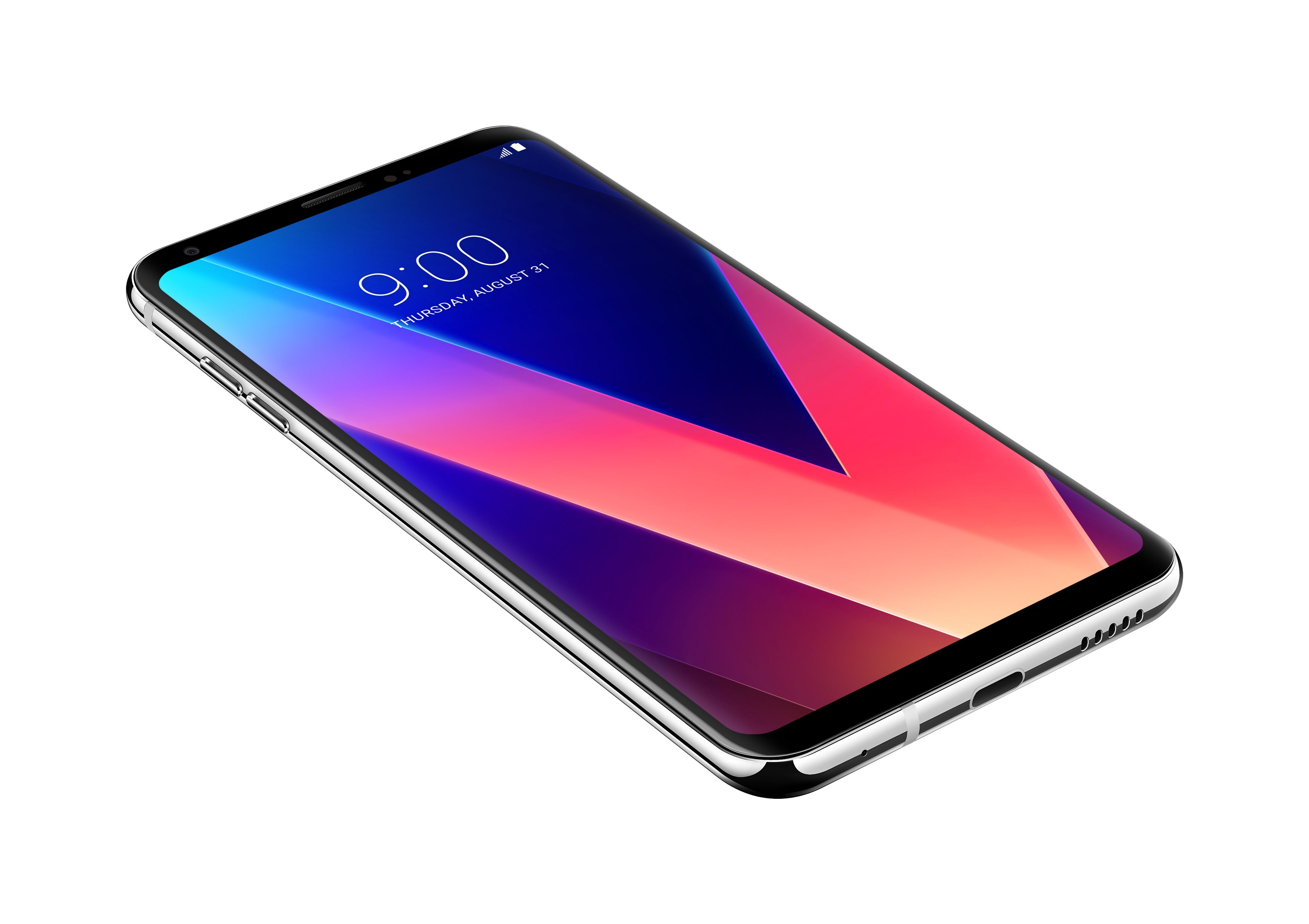
Oreo for the V30 series has already rolled out to customers on AT&T, Sprint, and Verizon. This makes T-Mobile the last of the four major carriers in the U.S. to release it, but it's better late than never.

Read update
- T-Mobile has released the help page for the update, and the OTA rollout has started. If you don't have Oreo already on your T-Mobile V30, you should get it soon.
It has taken a while for LG to update its 2017 ultra-flagship to the latest (major) release of Android. The Android Oreo OTA rolled out in South Korea at the end of last year, with a later update adding features from the V30 ThinQ. The Sprint V30 received Oreo in March, followed by AT&T a few days later and Verizon in April.

The LG V30's update to Android 8.0 Oreo has been rolling out for months and months. It started in South Korea and later added the V30 ThinQ smart camera and search features, then it spread to the US and arrived for Sprint, AT&T, Verizon, and finally T-Mobile. Now the unlocked US variant is getting it too.
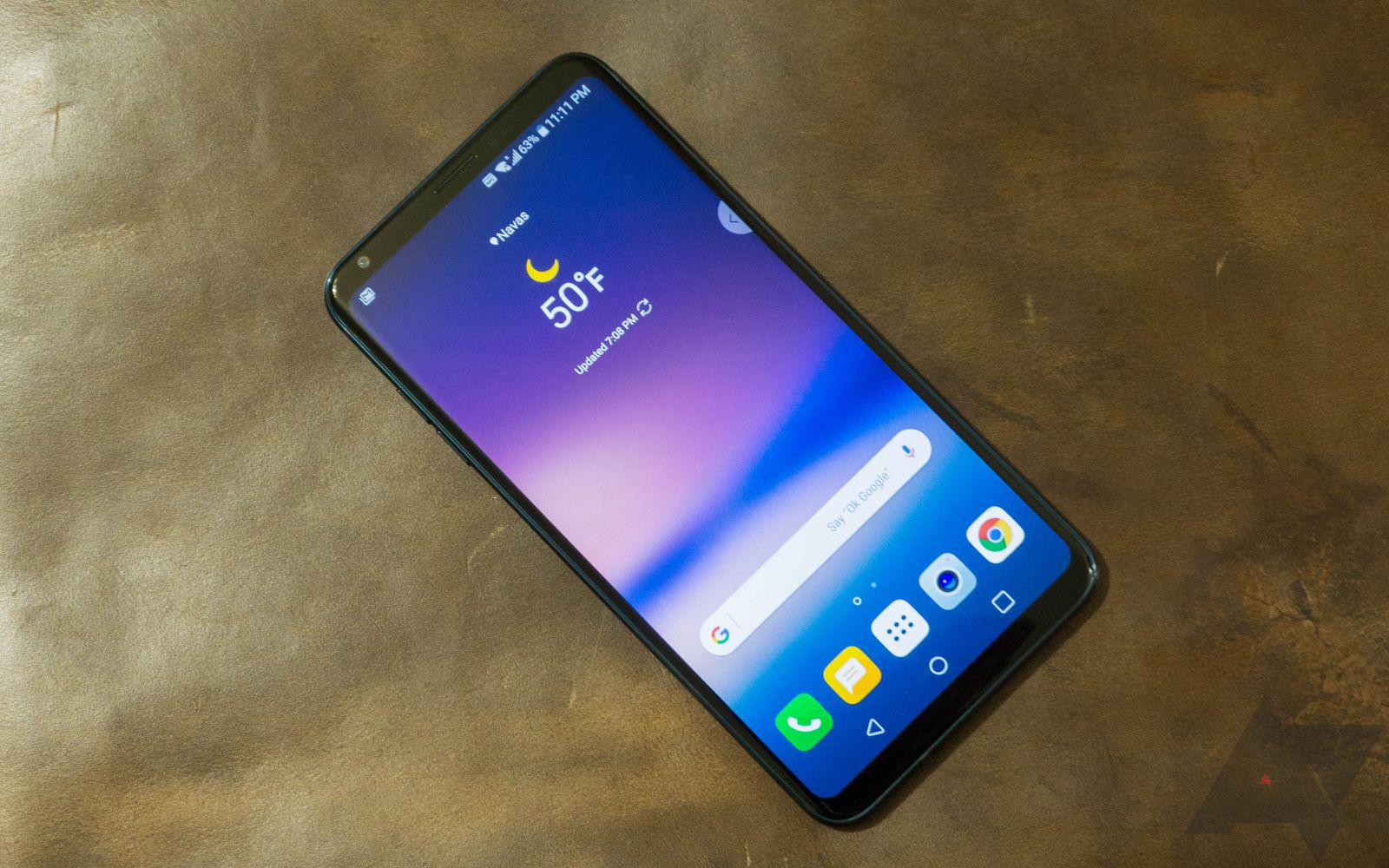
Read update
LG announced a new version of the V30 at Mobile World Congress this year called the V30S ThinQ. At the time, it wouldn't commit to launching the phone in the US. Now, pre-orders for the North American V30S ThinQ are live, and the price tag is bordering on insulting. The B&H product page lists this phone at $929.99. Yikes.
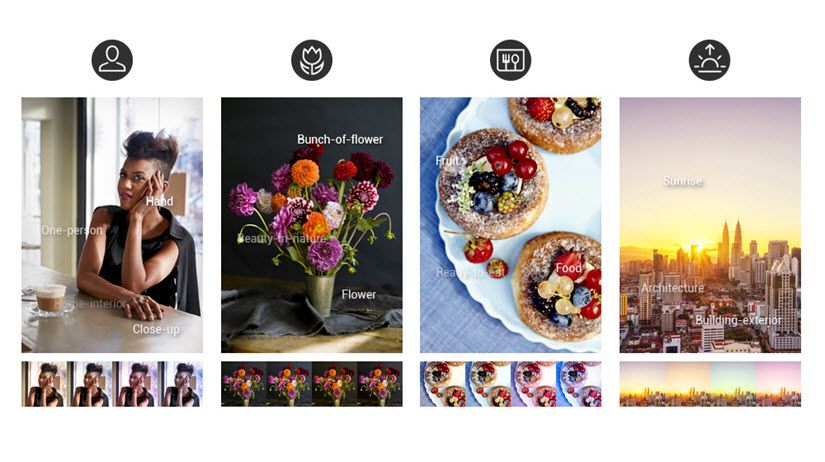
At Mobile World Congress, LG announced a new version of the V30 called the V30S ThinQ, but it wasn't actually new. There were no hardware changes to enable the AI camera features (just more storage and RAM), so there was nothing stopping LG from rolling them out in an update. It did so in Korea last month, and now the same re-branding is coming to Verizon in the latest update.
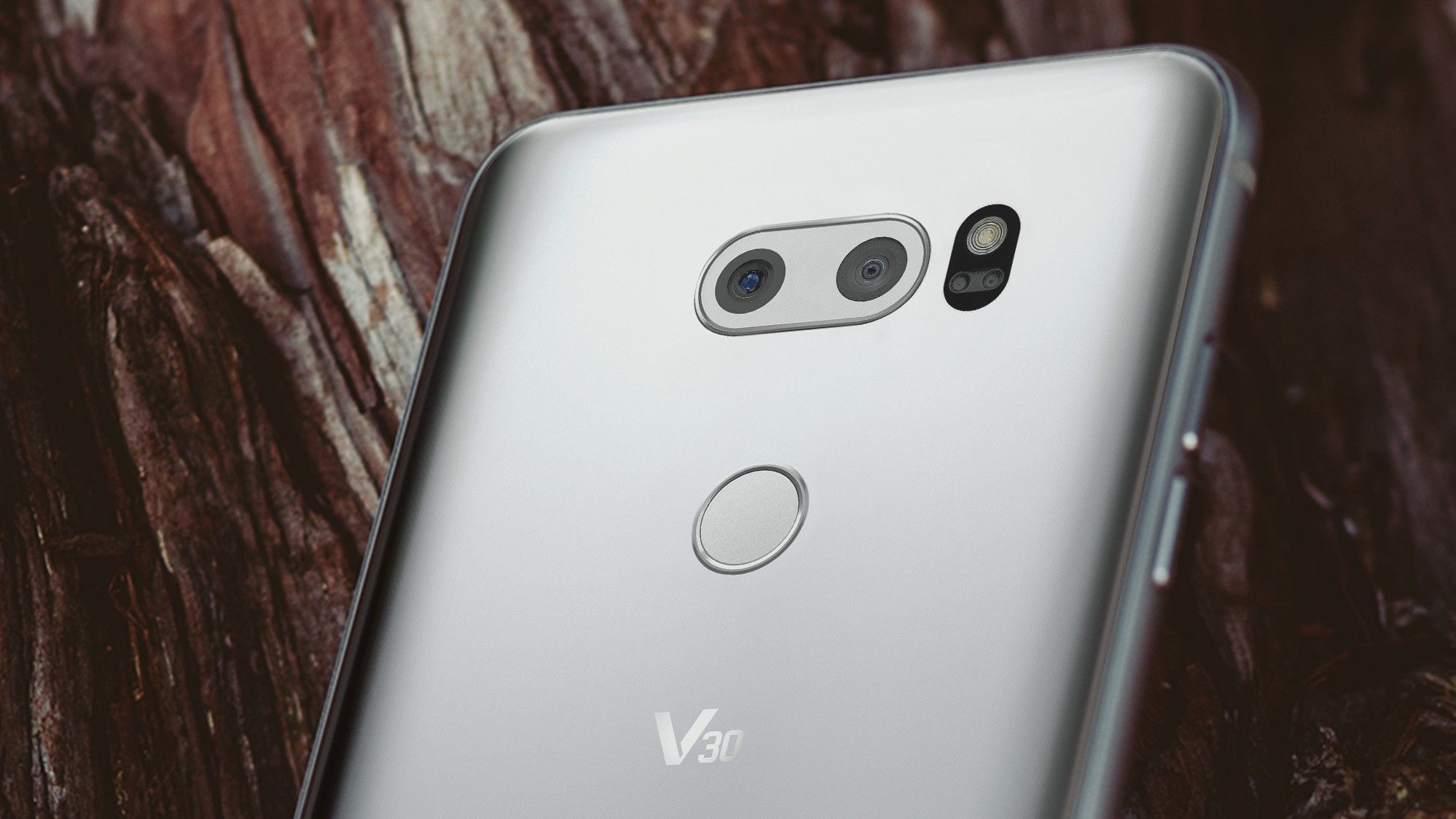
LG V30 devices on AT&T have started receiving an update to Android 8.0 Oreo. One of our readers was kind enough to let us know his device got the update today, and some Reddit users are reporting the same.

LG has released a number of V30 variants over the past few months, with some of them running Android 8.0 Oreo out of the box (like the V30S ThinQ). Unfortunately, the company has been slow to update the Nougat-powered V30 and V30+, at least outside of South Korea. The Verizon V30 received Android 8.0 earlier this month, and now the Sprint model is next.
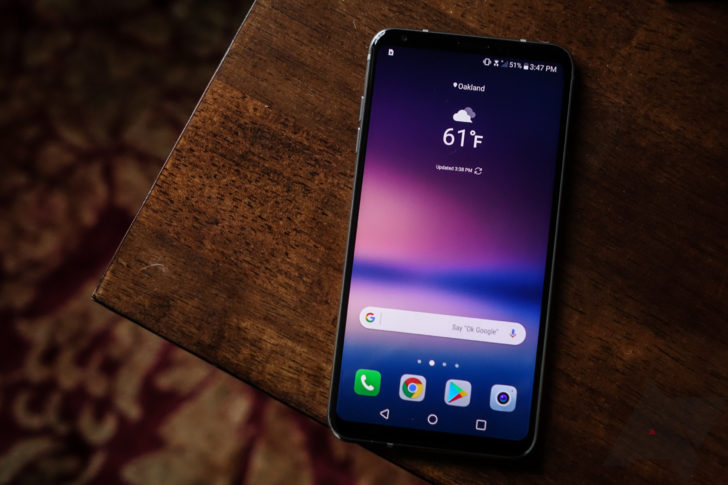
Back when LG still hadn't officially announced the interestingly-named V30S ThinQ and was merely teasing it, the company mentioned that the new features might trickle down to existing V30 devices. At MWC, LG confirmed that the V30 and V30+ would in fact get ThinQ features. In keeping with that promise, a reader in South Korea who owns a V30+ (a V30 with 128GB of storage) recently received an update that included a few interesting additions from the ThinQ.

South Korean models of the LG V30 began receiving Oreo right before we kicked off 2018, but we haven't heard about any news on the V30 Oreo front since then. Surprisingly, Verizon seems to be the first US carrier to roll Android 8.0 Oreo out, with reports from multiple users who've received it.

LG rolled the V30 out late last year with a few notable features, at least for LG. That phone had the first OLED panel on an LG phone in several years, and it didn't have the extra ticker display that defined older V-series phones. It turns out LG isn't done with the V30 yet. As rumors indicated, LG is releasing a new version of the V30 called the V30S ThinQ (yes, that's the name) with AI camera goodies. With a new name and features, you might expect this phone to be at least modestly different than the last V30. Well, ThinQ again.








